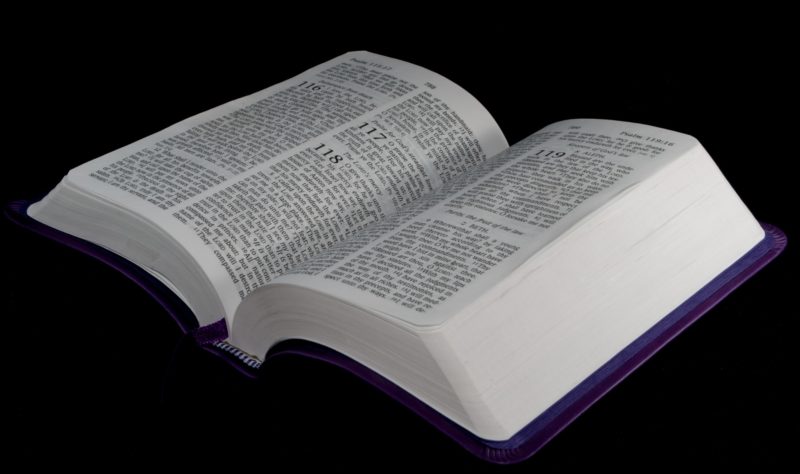
From here:
The New Testament as a whole quotes from all but Ezra, Nehemiah, Esther, Ecclesiastes and the Song of Songs. It quotes in total 237 Old Testament passages.
Notwithstanding claims made by some, the New Testament does not directly quote from any book in the Apocrypha, although it does appear to quote from at least one non-Apocryphal Old Testament pseudepigrapha. The New Testament also quotes from pagan poets, so the quotation from the Book of Enoch or a common source in Jude does not imply endorsement.
(note: also Zephaniah, Nahum, Obadiah)
From here:
The Twelve Minor Prophets were considered to be one book. The fact that one of them is cited as authoritative testifies to the divine authority of all of them. However, nine out of the twelve are specifically cited as Scripture in the New Testament.
…and…
No other book outside of the Hebrew canon is ever cited with the formula, “Thus says the Lord,” “It is written,” or “Scripture says.” While some non-canonical writings may have been alluded to by the New Testament writers, these works are never quoted as Scripture or as having some sort of divine authority.
As for Ezra, Nehemiah, Esther, Ecclesiastes, and Song of Songs, Timothy Lim
notes:
By the first century, it is clear that the Pharisees held to the twenty-two or twenty-four book canon, and it was this canon that eventually became the canon of Rabbinic Judaism because the majority of those who founded the Jewish faith after the destruction of Jerusalem were Pharisees. Not everyone agreed with all the books contained in this canon, as Mishnah Yadayim attests, but there was consensus as the canonical list in the Babylonian Talmud (tractate Baba Batra) later shows.
As Lim alludes, the canonicity of both Ecclesiastes and Song of Solomon—both ostensibly written by Solomon—were somewhat debated up to the late 1st century (the
Synod of Jamnia in 90 A.D.), when both were included in the Jewish canon. The book of Esther was typically included in various canonical lists, but without a consistent location and was sometimes missing entirely (see
here). No problems of canonicity plague Ezra-Nehemiah, which appears to have been more-or-less readily accepted.
Note that the distinction between the 22- and 24-book canon is not with the books selected but that a few books are differently attached to other books. The exact same books are typically included, but how you group and count them is different. In totality, these books correspond to the current 39 Old Testament books, all of which excludes the Apocrypha/Deuterocanonicals:
Most scholars agree that by the time of the destruction of the second Temple in 70 C.E. most Jews accepted the final three-part canon of the Torah, Nevi’im, and Kethuvim…. This was a twenty-four-book canon that came to be attested widely in Jewish writings of the time; eventually the canon was reconceptualized and renumbered in that it became the thirty-nine books of the Christian Old Testament. But they are the same books, all part of the canon of Scripture. (Ehrman, The Bible, 377)


The Canonicity of the Bible is actually something that I have been learning about in my Bible class. I would like to add a point about the canonicity of the New Testament. For example, Polycarp, a book written by a disciple of John. This was considered by the Council of Carthage to be put into the Bible. It did seem like other books that ARE in the New Testament, and it included many other references and quotes to them. However, the reason that it is not Scripture is that Polycarp says that it is not Scripture, specifically in Polycarp 3:2, which states that “For neither am I [Polycarp], nor is any other like me, able to follow the wisdom of the blessed and glorious Paul.” Nobody else during this time claimed it as Scripture either. This is also the same principal on why the Apocrypha is not considered Scripture: nobody thought it was.
This may not be precisely accurate.
What is known is that the Pharisees (and Sadducees for that matter) did not canonize it. Their version of the Septuagint may not even have contained the Apocrypha.
Yet, allegedly, many in the common Greek-speaking Jewish Diaspora accepted the Septuagint’s Deuterocanonicals as scripture. But, since none of the extant codices of the Septuagint contain the same collection of books and we do not possess original codices (if there even were any!), consequently, it is unclear when they thought the Apocrypha was scripture, if they did at all.
There are three important points.
First, canon formation was a bottom-up, community-based approach, not a top-down authoritative approach (i.e. determined by specific people in charge). Different communities (e.g. Pharisees; Sadducees; Essenes; Samaritans) had different canons and yet still mostly considered each other to be the same faith, albeit misguided.
Second, what determines whether something is scripture is whether or not that thing *is* scripture. As per 1 Kings 13, the Word of God is self-evident and not subject to human review.
Third, Jesus didn’t expect there to be a fixed canon. During his technical debates with the Pharisees and Sadducees over the resurrection, he used only the Sadducees’ own canon (the Pentateuch) to prove his point to the Sadducees, rather than saying they must accept the correct canon used by the Pharisees (even though this is what the church eventually did and would have made Jesus’ argument simple to prove). He had every opportunity to correct this error, if it was one, but he did not! He also declined to weigh in on the debate between Jews and Samaritans on where to worship.
As I’ve pointed out before, the formation of the canon may itself be a corruption.
What do you say about the anonymous NT epistles that were canonized because they were written by Paul, but later determined not to be authentic?